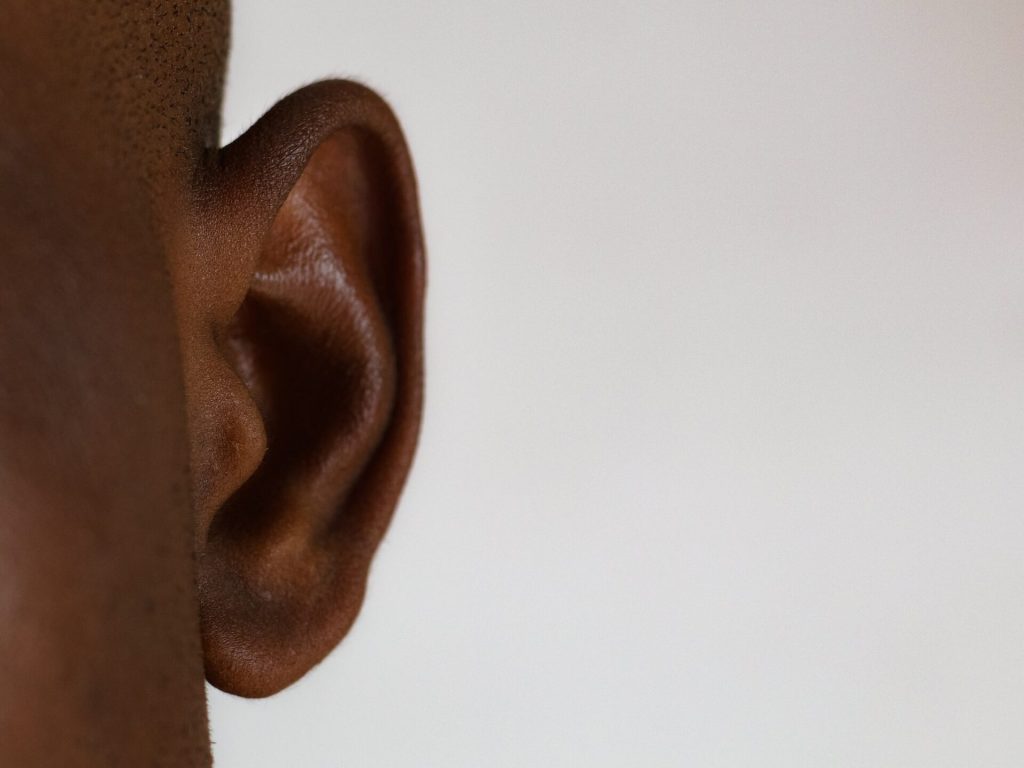
The sensory cells of hearing, outer and inner hair cells, are located in the cochlea, where the arrival sound waves cause the ‘hairs’ of the inner hair cells to bend, sending a signal through the nerves to the brain, which interprets the sound we hear.
For the past century, scientific belief was that each sensory cell has its own ‘optimal frequency’, to which the hair cell responds most strongly. This idea means that a sensory cell with an optimal frequency of 1000Hz would be much less responsive to sounds of slightly lower or higher frequency. It has also been assumed that all parts of the cochlea work in the same way. Now, however, researchers have discovered that this is not so for sensory cells that process sound with frequencies under 1000Hz, considered to be low-frequency sound, where the vowel sounds in human speech lie.
“Our study shows that many cells in the inner ear react simultaneously to low-frequency sound. We believe that this makes it easier to experience low-frequency sounds than would otherwise be the case, since the brain receives information from many sensory cells at the same time,” said Professor Anders Fridberger at Linköping University, senior author of the study published in Science Advances.
The scientists believe that this construction of our hearing system makes it more robust. If some sensory cells are damaged, many others remain that can send nerve impulses to the brain.
As well as the vowel sounds of human speech, many of the sounds that go to make up music also lie in this low-frequency area. Middle C on a piano, for example, has a frequency of 262Hz.
These results may eventually be significant for people with severe hearing impairments. The most successful treatment currently available in such cases is a cochlear implant, in which electrodes are placed into the cochlea.
“The design of current cochlear implants is based on the assumption that each electrode should only give nerve stimulation at certain frequencies, in a way that tries to copy what was believed about the function of our hearing system. We suggest that changing the stimulation method at low frequencies will be more similar to the natural stimulation, and the hearing experience of the user should in this way be improved,” says Anders Fridberger.
The researchers now plan to examine how their new knowledge can be applied in practice. One of the projects they are investigating concerns new methods to stimulate the low-frequency parts of the cochlea.
These results come from experiments on the cochlea of guinea pigs, whose hearing in the low-frequency region is similar to that of humans.
Source: Linköping University

